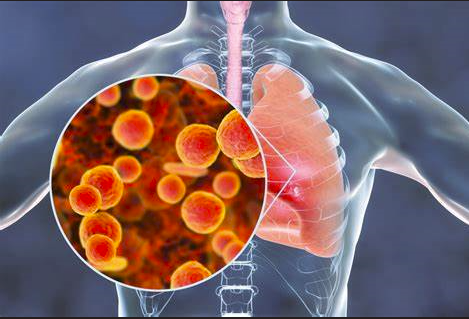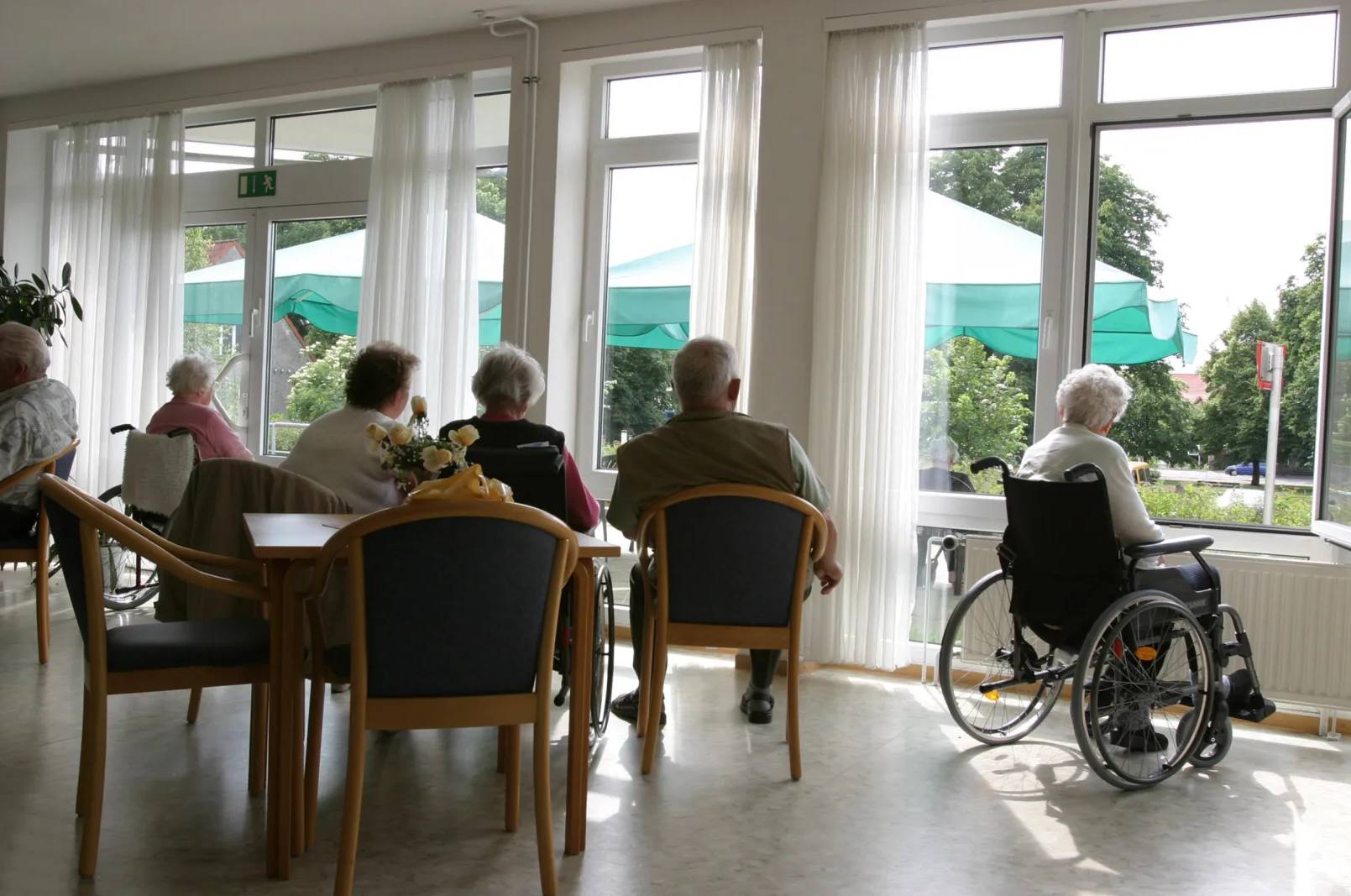Don't take it lightly: What you need to know about Mycoplasma pneumoniae
Mycoplasma pneumonia is a bacterium that causes upper respiratory tract infections and pneumonia. It is a Gram-negative bacterium that usually infects humans through airborne transmission. In clinical practice, Mycoplasma pneumoniae is one of the main bacteria causing pneumonia in children and adults.

There is no specific epidemic cycle for Mycoplasma pneumonia. Mycoplasma pneumoniae infection is a disease that can occur throughout the year, but during the winter and early spring seasons, when people often gather indoors with poor ventilation because of cold weather and high air humidity, they are susceptible to respiratory infections, including Mycoplasma pneumoniae infection. In addition, Mycoplasma pneumoniae is also easily spread in crowded places, such as schools, nursing homes, and hospitals.
Symptoms of Mycoplasma pneumoniae infection usually include cough, fever, sore throat, headache, muscle pain, malaise, etc. Severe infection can also lead to respiratory diseases such as pneumonia. Mycoplasma pneumoniae infection can cause disease in combination with other viral and bacterial infections, complicating the symptoms, so early detection and treatment are important.
The incubation period for Mycoplasma pneumoniae infection is usually 5 to 10 days, but some people may not have any noticeable symptoms, so it can easily be overlooked. Mycoplasma pneumoniae infection is more dangerous in children and the elderly, so these populations need special attention to personal hygiene and preventive measures, even in the absence of a specific epidemic cycle.

Mycoplasma pneumoniae infection is transmitted mainly by airborne droplets, so masks should be worn in crowded places whenever possible to prevent the spread of infection.
Prevention methods for Mycoplasma pneumoniae infection include maintaining personal hygiene, avoiding contact with germs, strengthening exercise to improve immunity, and quitting smoking. Vaccination is also an effective way to prevent mycoplasma pneumonia infection.
Methods to prevent Mycoplasma pneumonia infection also include strengthening indoor ventilation, keeping indoor air circulation, and minimizing sources of contamination.
For patients with Mycoplasma pneumoniae infection, adequate rest, a light diet, drinking plenty of water, and avoiding smoking during treatment will help speed recovery.

Mycoplasma pneumoniae infection may also lead to other complications, such as pulmonary atelectasis and lung abscess, so treatment should be prompt and thorough.
During an epidemic, strengthening personal protection, maintaining social distancing, and reducing visits to crowded places are among the important measures to prevent Mycoplasma pneumonia infection.
Diagnosis of Mycoplasma pneumoniae infection requires sputum examination, blood test, chest X-ray, etc. Therefore, you should seek medical attention in a timely manner and receive a diagnosis and treatment from a professional doctor.
The treatment of Mycoplasma pneumoniae infection is usually with antibiotics, of which erythromycin and macrolide antibiotics are the most commonly used. Although antibiotics are effective in treating Mycoplasma pneumoniae infections, overuse can lead to the development of drug resistance, so antibiotics should be used properly under the guidance of a medical professional.
The duration of treatment is usually 10 to 14 days, and if symptoms persist, prompt medical attention should be sought for diagnosis and treatment. Mycoplasma pneumoniae infection, although serious, can be well treated in most cases, so it is of utmost importance not to panic and be afraid, but to seek professional medical help in a timely manner.

In conclusion, Mycoplasma pneumoniae infection is a common respiratory disease. We should always maintain good hygiene habits and awareness of protection, strengthen exercise, improve immunity, as well as seek timely medical attention, all of which can help prevent and treat Mycoplasma pneumonia infection.





